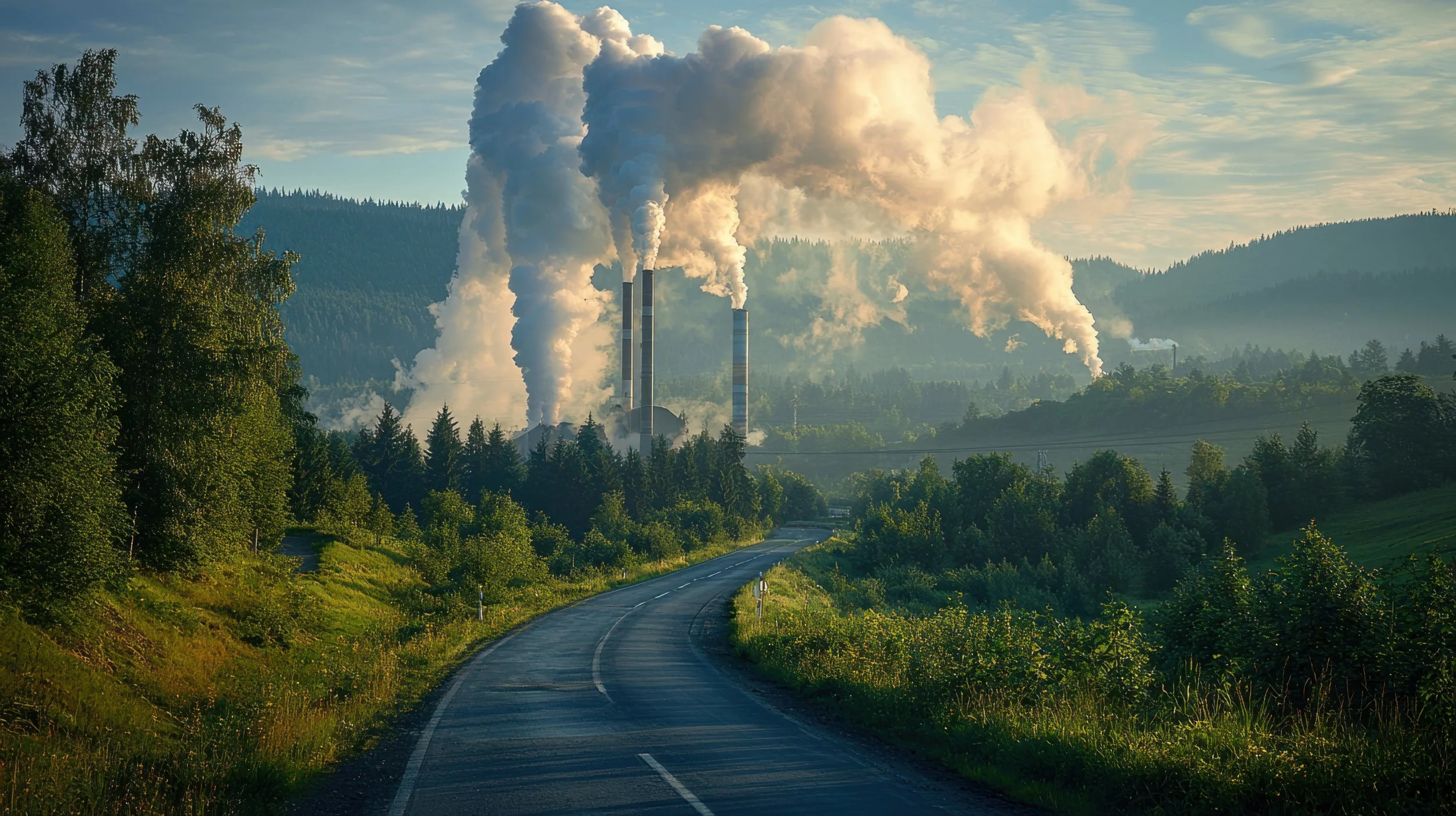Carbon Offsets Equal Energy Equity
In an era of growing political and ideological divides, the debate over how to tackle the climate crisis shows no signs of tangible resolution. Current approaches to net zero are neither robust nor aggressive enough to meet Paris Agreement targets. Decarbonization efforts lack both structure and leadership, as well as transparent and trustworthy measurement tools and standards, and there isn’t a robust system for holding untrustworthy parties accountable.
But there’s another problem: too many people are discounting the value of carbon offsets, the certificates or trading mechanisms that foster environmental initiatives or projects that compensate for an organization’s carbon emissions. And with just over five years to go to the 2030 Paris Agreement targets, we can’t afford to overlook offsets. All options must stay on the table.
To be clear, zero emissions and 100% renewable energy is the definitive goal. However, meeting that requires both acceleration and pragmatism. There is no pathway to net zero right now without deploying carbon offsets. They’re a crucial piece of the pie and a bridge to eventual negative emissions, but more importantly, carbon offsets can be used to invest in projects that help vulnerable communities disproportionately affected by climate change.
Unfortunately, amid recent scandals around over-crediting and a lack of transparency, the validity of offsetting as a net zero methodology has come under warranted fire. Offsets were never intended to absolve organizations of their decarbonization efforts. Yet there are 100 businesses in the world responsible for 71% of global emissions, and unsurprisingly, many of them have been accused of using low-quality offsets. However, there remains an immediate place for high-quality carbon offsets that not only dispel skepticism but solve a vast spectrum of market needs. By working with third-party validators to select high-quality credits that address equity issues, the biggest emitting companies can ensure we accelerate the world’s targets and work to help those most impacted by increased emissions.
Environmental equity isn’t just part of the equation — it’s the heart of the stakes in this existential crisis. Certain vulnerable groups – including those living in locations with extreme heat and weather events, individuals with underlying health conditions, and the 3.6 billion people living in low and lower-middle-income countries – are at the mercy of climate hazards outside of their control. In the U.S., an estimated 20 million coastal residents will be affected by rising sea levels by 2030 and roughly 10.5 million people from Mexico and Central America are expected to relocate by 2050 to escape the impacts of climate change. Climate change is also expected to worsen air pollution, which causes serious health impacts. Rising temperatures breed certain toxic algal blooms and increased rainfall introduces harmful bacteria into drinking water sources. These communities need immediate action – and the bottom line is that offset projects can be a powerful, affordable, and accessible tool for providing that imminent relief and creating a necessary shift toward lasting emissions elimination strategies.
Thankfully, certain carbon offset projects can work directly to remedy the harm large polluters have wreaked. For example, Climate Impact Partners carbon offset project in Kenya has brought safe drinking water to 77,000 households, eliminating the need to boil drinking water over wood-burning stoves. This reduces carbon emissions and improves air quality and hygiene. Offsets also create much-needed jobs. A project in the Congo River Basin is protecting over 300,000 hectares of land while providing over 130 locals with full-time jobs and training. In addition to jobs and improved quality of life, offsets serve as a valuable way to help protect wildlife and indigenous communities. These projects tie back to the larger idea that despite the fact that wealthy countries pollute far more than poor ones, poor countries are often left paying the price. Advancing quality and proven offset projects for nations in need is one important way we can support climate reparations.
Notably, while we incorporate carbon offsets into robust net zero plans, we must also ensure that companies are simultaneously addressing the root causes of the issues these offsets are addressing in the first place. Not all offsets are created equal. In my work at the Global Network for Zero, we empower our partners to explore every opportunity they can to invest back in their supply chain or their own asset boundaries, like using carbon insetting, and we encourage them to look beyond carbon offsets available on the market.
Climate change is the single largest existential threat of our lifetime and humanity is in immediate need of a realigned strategic approach for scaling net zero solutions. To do this, we must utilize all of the tools at our disposal, including carbon offsets. Our planet and fellow humans have no time to lose.
Mahesh Ramanujam is co-founder, President, and CEO of the Global Network for Zero and former CEO and President at the U.S. Green Building Council.

